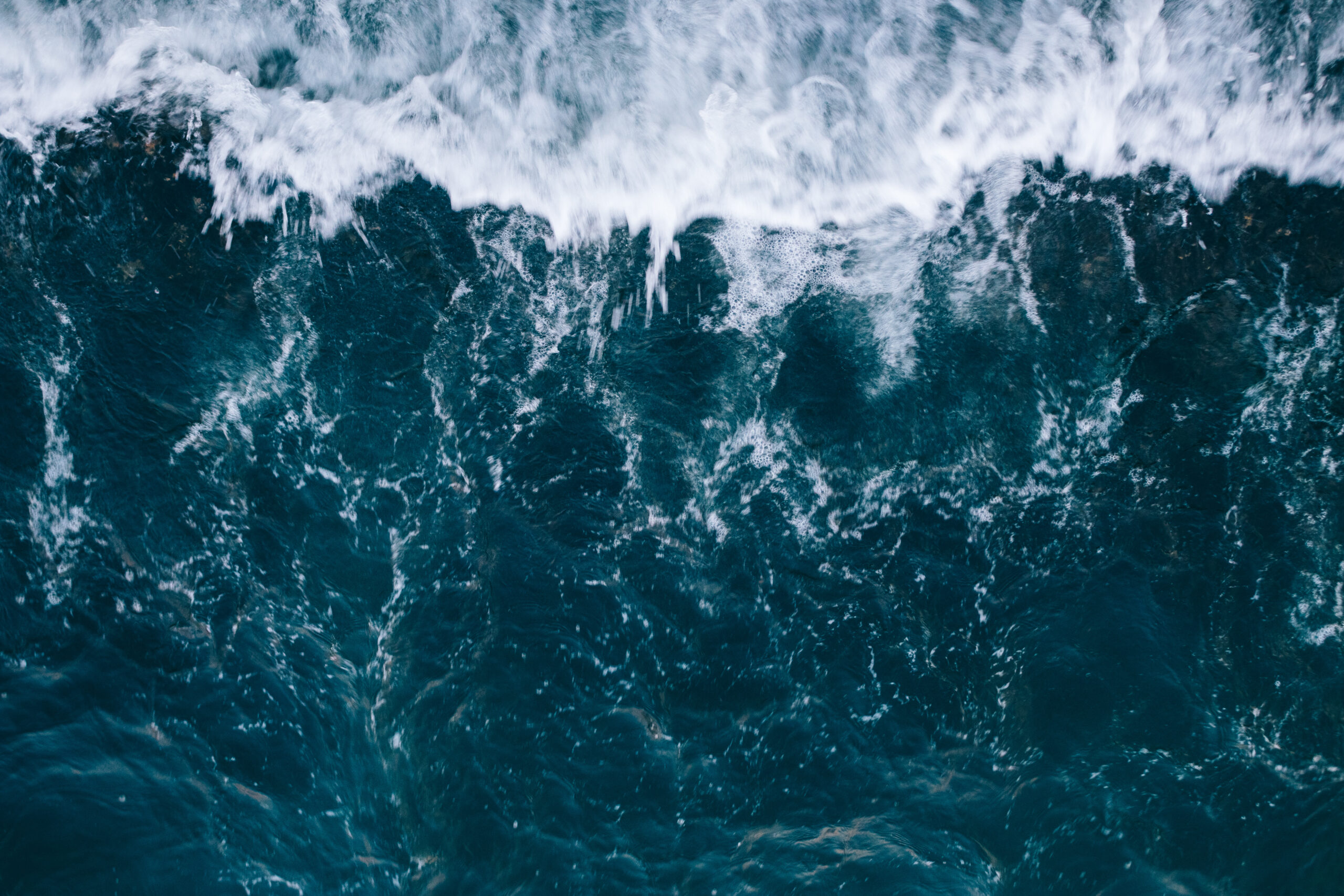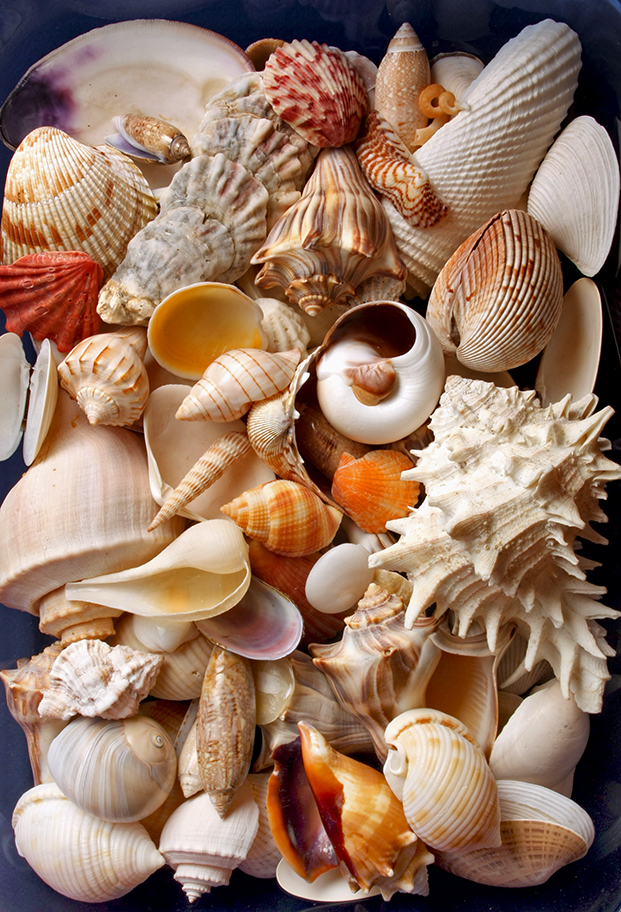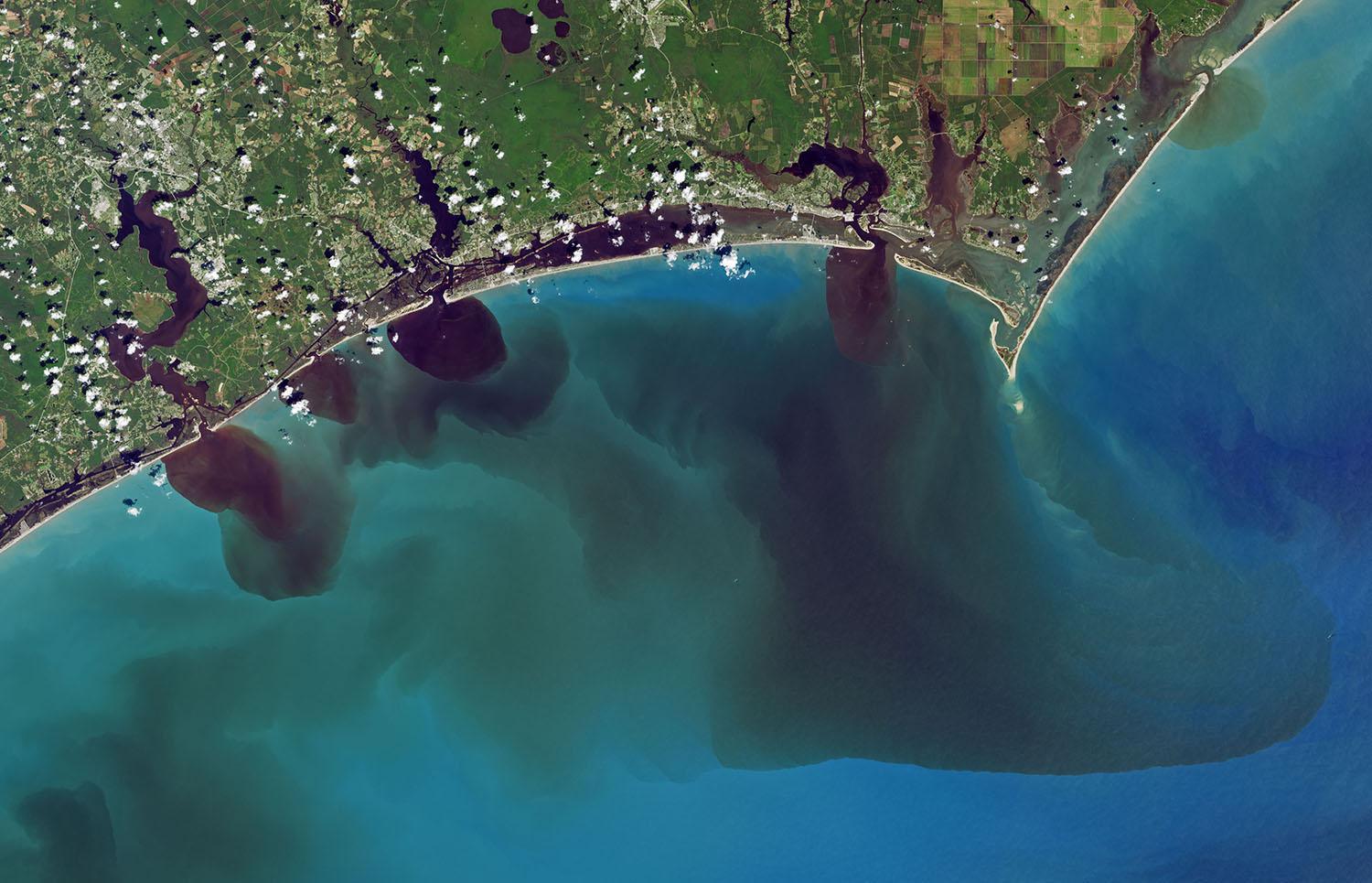What’s the answer to that question? One? Five? Seven? How many oceans are there on the planet? I guess it depends on whom you ask. Most people give the answer as four or five or seven. But others give my favorite answer: one world ocean with five major geographical subdivisions.
Looking at a globe or a flat world map, you can see that the ocean is one interconnected body of water that covers roughly 71 percent of the Earth’s surface. The ocean is separated into ocean basins by the continents. Where no land is found, we use arbitrary lines to delineate the major geographic sections.
The specific names of the ocean basins come in handy when talking about shipping or sailing. Saying that a cruise ship is on the ocean is very broad, but saying that the ship is cruising in the South Pacific is more descriptive and gives a better picture of where the ship is sailing.
In an informal survey of 131 marine educators from the mid-Atlantic states, there was no clear majority. Forty-seven said that there is one ocean and 46 said there were five. Nineteen respondents said there were seven oceans, and 15 answered four oceans. What a conundrum.
There is definitely confusion about the number of oceans on our planet!

In North Carolina, the hydrosphere is a main topic in eighth-grade science. The eighth-grade science textbook, published in 2005, states that “the global ocean is divided by the continents into four major oceans.” It mentions the Pacific, the Atlantic, the Indian, and the Arctic as the four major divisions, as does the 2005 edition of Marine Biology by Castro and Huber.
A few years ago, the National Geographic Society, along with the National Oceanic and Atmospheric Administration (NOAA), the Centers for Ocean Sciences Education Excellence (COSEE ), the College of Exploration, and the National Marine Educators Association (NMEA) developed and adopted standards for ocean literacy. The first fundamental concept says “There is one ocean with many ocean basins… .”
Grant Gross, in his seventh edition of Principles of Oceanography, says that there are four major ocean basins. His list includes the Atlantic, the Indian, the Pacific, and the Southern. In 1995, Gross considered the Arctic as an extension of the Atlantic Ocean.
For many years, oceanographers contended that there were four major ocean basins: Arctic, Atlantic, Indian, and Pacific. In spring of 2000, the International Hydrographic Organization (IHO ) decided to delineate a fifth ocean basin, taking parts of the Atlantic, the Indian, and the Pacific Oceans to create the Southern Ocean from 60o south latitude all around the continent of Antarctica.
So who (or what) is the IH ? The International Hydrographic Bureau (IHB) was officially created in 1921 after sporadic meetings in Washington, DC, St. Petersburg (USSR), and London (England). In 1970, the IH B became an international organization headquartered in Monaco, with a current membership of 80 countries.
The IHO ‘s priorities include standardizing nautical charts, maintaining reliable and efficient methods of conducting hydrographic and oceanographic surveys, and keeping the science of hydrography current.
During my informal survey, someone asked about the difference between “ocean” and “sea” — I must admit that I wasn’t certain of the answer, so I had to do a little research.
Merriam-Webster’s online dictionary defines the two terms this way:
- Ocean — 1: the whole body of salt water that covers nearly three fourths of the surface of the earth; 2: any of the large bodies of water (as the Atlantic Ocean) into which the great ocean is divided.
- Sea — 1 a: a great body of salt water that covers much of the earth, broadly: the waters of the earth as distinguished from the land and air; b: a body of salt water of second rank more or less landlocked ; c: ocean; d: an inland body of water — used especially for names of such bodies.
According to The Handy Ocean Answer Book (Svarney and Barnes-Svarney, 2000): Oceans are described as continuous bodies of saltwater surrounding the continents. . . . Each of the individual oceans contains shallower areas that differ physically, chemically, or biologically from one another; these are called seas. Geographers define a sea as a division of the ocean that is enclosed or partially enclosed by land.
In addition, The Handy Ocean Answer Book mentions additional saltwater bodies that are called seas. But, the Caspian Sea, the Dead Sea, and the Aral Sea are all landlocked lakes, isolated from the ocean.
Look up the “seven seas” and you will find even more ambiguity and confusion. The seven seas of medieval times include the Mediterranean Sea, the Caspian Sea, the Adriatic Sea, the Persian Gulf, the Red Sea, the Black Sea, and Arabian Sea (part of the Indian Ocean). These were the known bodies of water that surrounded the ancient world of Europe, northern Africa and the Middle East.
After the discovery of North America, sailors used the term “seven seas” to include the Atlantic, the Pacific, the Indian, and the Arctic Oceans, as well as the Mediterranean Sea, the Caribbean Sea and the Gulf of Mexico.
In the late nineteenth century, British writer Rudyard Kipling came up with the modern idea of “seven seas” that is comprised of all the major navigable waters: the North and South Atlantic, the North and South Pacific, the Indian, the Arctic, and the Antarctic (Southern) Oceans.
The World Factbook, located on the Central Intelligence Agency’s online site at https://www.cia.gov/library/publications/the-world-factbook/, offers a wealth of information about the five recognized ocean basins. Visit that Web site to learn more.
As far as I can tell, there may not be ONE correct answer to the question, “How many oceans are there on planet Earth?” Each person’s answer depends on when they learned about the ocean. Although I can’t be certain, I’m pretty sure that I was taught there were four oceans.
I do know that no matter how many ocean basins, all of them are interconnected. And, no matter when I’m asked, I will always say that Pluto is a planet!
Terri Kirby Hathaway is the marine education specialist for North Carolina Sea Grant. This essay originally appeared in the Winter 2010 issue of Scotch Bonnet, a newsletter written by Hathaway for teachers, educators and all those who enjoy learning about our coasts and oceans. Scotch Bonnet is now available online. Visit http://ncseagrant.ncsu.edu/scotchbonnet to learn what we are hearing from the sea.
This article was published in the Winter 2010 issue of Coastwatch.
For contact information and reprint requests, visit ncseagrant.ncsu.edu/coastwatch/contact/.
- Categories:



